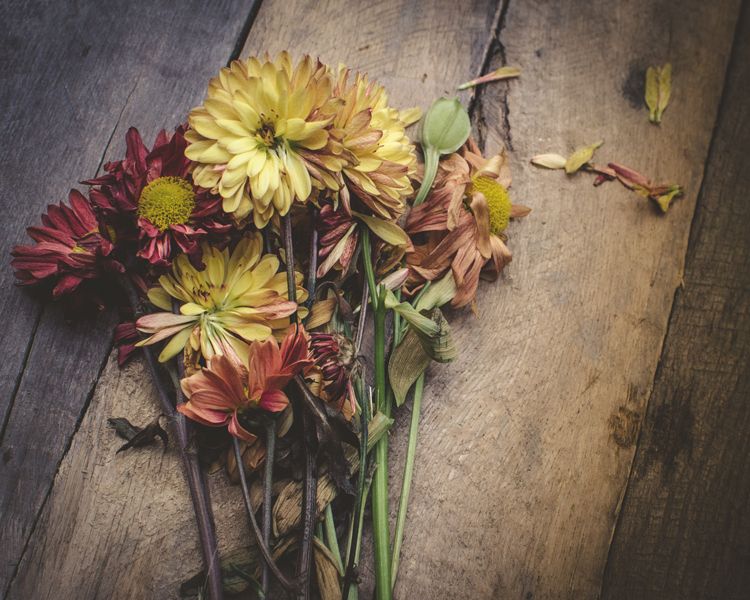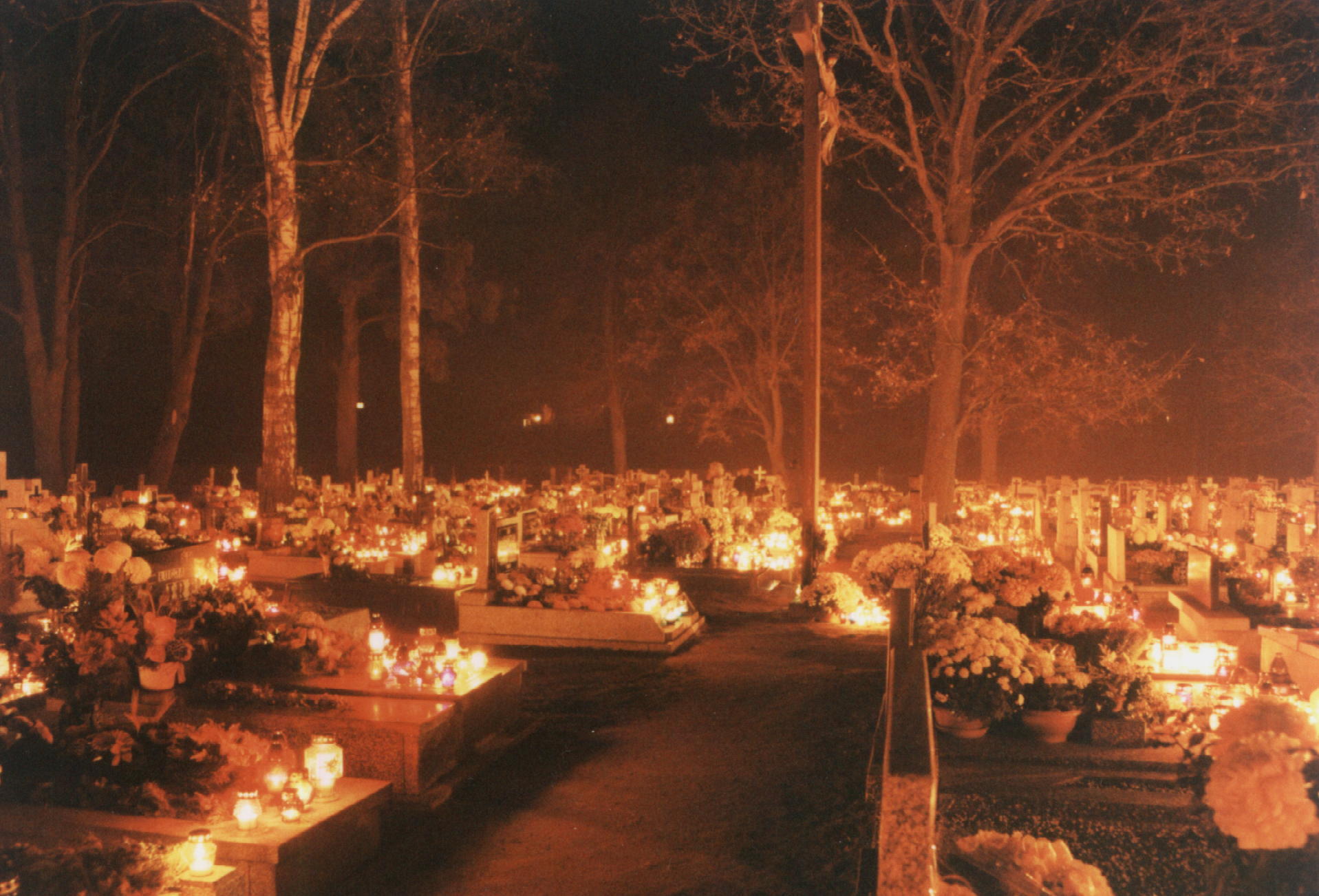Zaduszki in Poland

Halloween, in Western culture is mainly associated with dressing up, playing pranks and trick or treating. Growing up in New York this is all I’d see, and in my twenties these traditions just became an excuse to get silly and out and about. I wasn’t aware that it’s in fact only one out of a three-day-holiday that has deep roots in ancient celtic, pagan and christian beliefs. Hallows Eve, All Saints Day, and All Souls Day annually spans the time from October 31st to November 2nd, when it is believed that the partition between the world of the living and the afterlife is eased. This allows for souls to enter into our realm, bringing urgency from the living to honor the deceased. People here prepare their hearts and homes to welcome family members and saints, who had passed.

Tradition is huge in Poland. Since medieval times, people gathered to celebrate family, nature, seasons, harvest and their elders. My grandparents (and theirs as well) were raised simply on farms, where these values were held in highest regard. I have never had this deep connection, and when I returned to visit, I quickly began to understand. I arrived on Halloween night, where nobody dresses up, apart from a few youngins here and there going out in town in costumes, attempting to adapt the ‘American’ tradition. But overall it’s still seen as a sign of disrespect or mockery amongst the majority. The evening is a time to spiritually prepare for All Saints Day. In the morning I went with my grandmothers to the cemetery. Its a national holiday, and there were hundreds of families strolling the graveyard with an abundance of flowers and candles. The cemeteries here are enormous, packed full with standard sized tombstones combined with lateral stone slabs that resemble beds – rightfully so as an eternal resting place. Everyone is cleaning and tidying, arranging fresh flowers and candles throughout. Even others’ graves that might be unkept are all taken care of.
It was a drizzly and cold day, but it didn’t seem to slow anyone down from adorning the graves. There are also many statues of various saints throughout each cemetery, where people leave a singular votive candle in memory of those without a grave or buried elsewhere. By the end of the day, there are thousands of candles in front of them. We payed our respects and visited the graves of my grandfathers, great grandparents, great uncles, cousins and family friends spread out across a few graveyards. When I say they’re huge, one cemetery is the size of 104 football fields! We returned at night and I was truly humbled.
There wasn’t any electricity or lighting, yet the entire graveyard was glowing. As we strolled the narrow alleyways you could smell the oil burning. Each grave had on average ten votives and the overall illumination was impressive. It was freezing, but the flickering of over 100,000 candles throughout the cemetery produced a looming heat and the visual affect that was truly impressive. I wouldn’t call myself a religious person by any means, but I definitely felt a spiritual uplifting there.
During the three day period there are also fascinating folk customs. The deceased were believed to return to their relatives homes and gather near windows, or on the left side of the doorway, and families would leave a meal out for them for their enjoyment. Churches also hold a mass timeslot for the dead, that all gather in the church along with a deceased saint or priest- while no living person is allowed inside during this time. When throwing out trash or water onto the street, it is customary to utter an audible warning as to not accidentally hit a visiting soul. Similarly, dogs are to be kept on leashes during these days. People generally will go to sleep early, be quiet and keep to themselves as to let the visiting souls enjoy their momentary return.
This holiday is one of the most important in Polish culture, and I’m grateful to have been able to witness it firsthand. Not only that, but to understand and feel the spiritual connection amongst my family members that I haven’t seen in many years, and to feel what it means to them and others around. Interesting insight to a holiday I’ve only known and witnessed as the usual American Halloween.
On a side note: Gypsies have a different approach to this holiday. Originally from Romania, Lithuania and Bulgaria, they have been in Poland since the 16th century and remained mostly nomadic. Gypsies have many clan mausoleums in the cemeteries, and during this holiday they celebrate their deceased relatives in a different way. Amidst their graves, family members will set up tables full of liquor, meats, food, and pretty much – party. They dress up in extravagant clothing and bring their instruments as well – accordions, fiddles and recorders. They are a welcoming people and open their celebrations to anyone passing by as well – and personally, in future I’d prefer to return to the land of the living to be welcomed this way.
Photo by Jerry Kiesewetter on Unsplash



